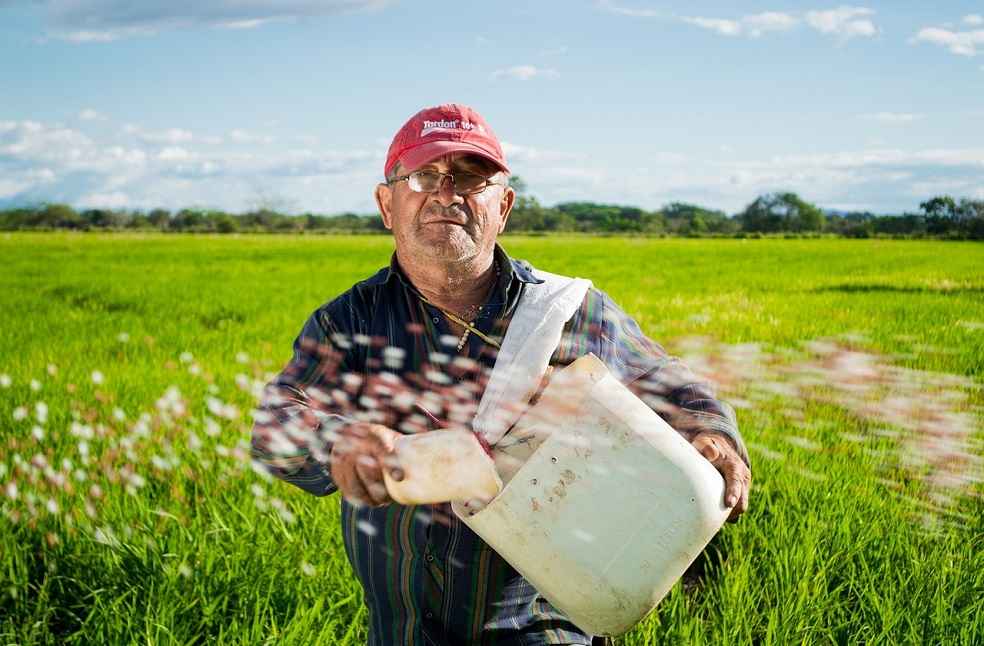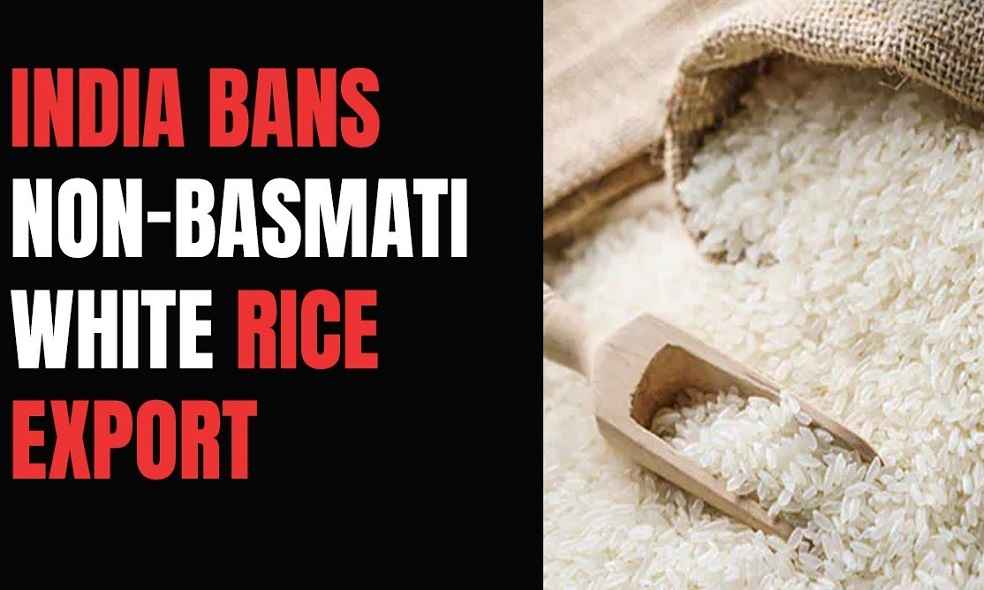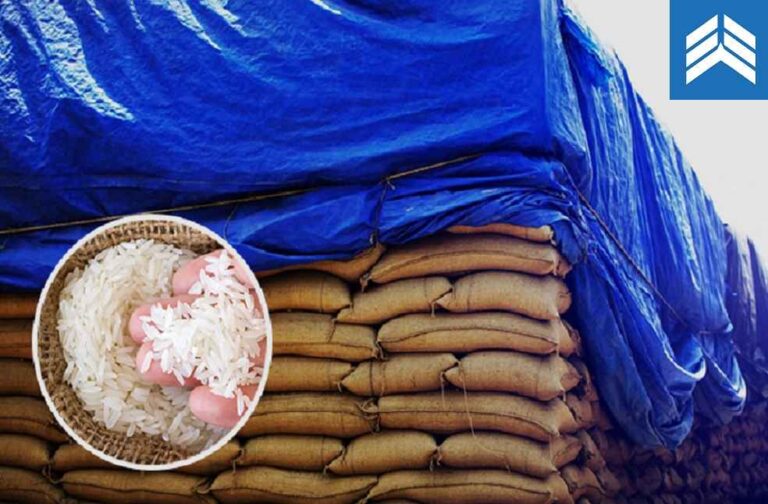The global rice trade has found itself in a deadlock this week, with Global Rice Prices expected to soar, following India’s Rice Export Ban. India, recognized as the world’s principal rice exporter, has instituted a ban on a substantial segment of its fundamental rice exports. This drastic measure, aimed at curbing escalating domestic prices, has left the Asian rice trade in a momentary standstill as traders and consumers anticipate a marked rise in prices.
As a key player commanding 40% of global rice exports, India’s influential role in the international rice market significantly shapes the global rice prices. Domestic rice prices in India have soared to unprecedented levels due to fluctuating weather patterns posing a threat to production. These circumstances prompted a halt to its largest rice export category, further straining an already tense global food market.
A trader from a global trading firm, based in Singapore, provided an anonymous statement, as they were not authorized to interact with the media. The trader projected, “In the export market, rice prices are likely to surge even further. We’re expecting an increase of at least $50 per metric ton, potentially reaching $100 or more.”

Given the prevailing uncertainty, it appears both buyers and sellers are left in a state of expectancy, closely watching how the situation unfolds. They are closely monitoring the market to see the extent of the increase in prices resulting from India’s export ban.
The impact of this ban has compounded existing concerns about increasing global food prices, triggered by a significant rise in global wheat prices. A more than 10% surge in global wheat prices this week – the highest weekly gain in over 16 months – has been attributed to Russian attacks on Ukrainian ports, leading to disruptions in global supply.
Rice is a fundamental component of the diet for over 3 billion people worldwide, with Asia being the main producer of this water-intensive crop. The El Nino weather pattern, known for causing dry conditions, threatens to curtail supplies in the region, adding to the global food market volatility.
 In Thailand, the world’s second-largest rice exporter, suppliers are on standby, awaiting prices before committing to new deals. The anticipatory effect of India’s ban had already caused rice prices to climb in the top exporting countries. Vietnam’s 5% broken rice, for instance, had reached $515-$525 per metric ton, the highest level since 2011, even before India’s announcement.
In Thailand, the world’s second-largest rice exporter, suppliers are on standby, awaiting prices before committing to new deals. The anticipatory effect of India’s ban had already caused rice prices to climb in the top exporting countries. Vietnam’s 5% broken rice, for instance, had reached $515-$525 per metric ton, the highest level since 2011, even before India’s announcement.
The announcement also influenced the prices of India’s 5% broken parboiled rice, which remained near a five-year peak at $421-$428 per metric ton this week. Thailand’s 5% broken rice prices experienced a similar surge, jumping to $545 per metric ton, their highest since February 2021.
This uncertain scenario highlights the fragility of the global food market and the essential need for greater resilience amidst challenges such as climate change, political unrest, and other unforeseen disruptions. The ways in which the global market will adjust to these increased costs, and the steps that will be taken to maintain food security for everyone, are still to be determined.
GLOBAL ROUNDUP | Global Buyers Eye Sustainable UK Meat Market: New Trade Prospects



